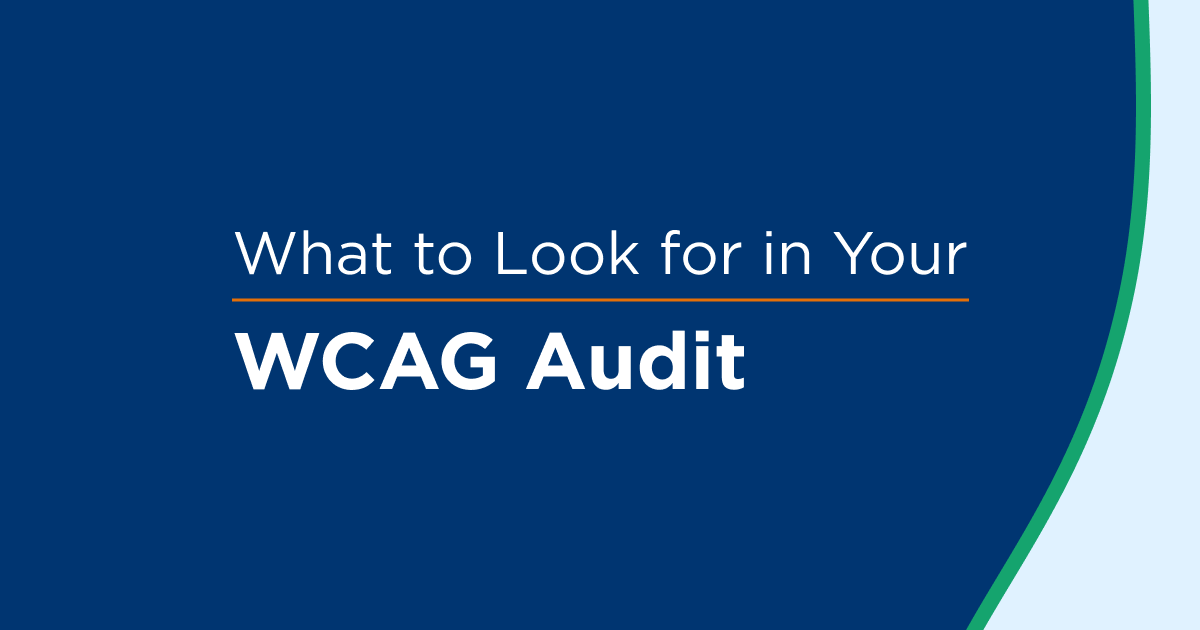On July 26th of this year, we celebrated the 30th anniversary of the Americans with Disabilities Act (ADA). While there were 0 websites in existence when the ADA was signed into law, there are now hundreds of federal filings of ADA lawsuits every year.
The reach of the ADA has expanded significantly over time. It now covers not only a business’s website but their mobile apps, too. Businesses are being held financially liable for not having an ADA-compliant web presence more than ever before, and with the Coronavirus increasing reliance on websites and mobile apps, providing full accessibility to best serve your customers and protect your business is more important than ever before.
To celebrate this milestone anniversary of the ADA, we’re going to take a look at how the law has progressed over the past 30 years and discuss where we are now and what businesses need to know.
How the ADA Has Evolved Over 30 Years
As we mentioned above, when the ADA was first signed into law, there were 0 websites in existence. The ADA was largely focused on things like access to a physical brick-and-mortar store. By 1996, however, the Department of Justice (DOJ) wrote to a senator about the need for web accessibility, too.
In the year 2000, the first web accessibility lawsuit was filed against the Bank of America and its blind customers. We’ve seen continual increases in lawsuits ever since, which now extend not only to a business’s website, but their mobile apps, too.
Businesses are now expected to ensure that their sites are fully usable regardless of disabilities. Their sites and mobile apps must abide by strict standards like the WCAG 2.1 AA, or there’s a risk for a lawsuit being filed. Our midyear report shows how the 30 year-old ADA is being applied to Website and mobile apps via lawsuits in 2020.
What Businesses Need to Know About the ADA: The Basics
All nonprofits, state and local governments, and businesses with 15 or more employees are required to abide by the ADA, which prohibits discrimination against people with disabilities. This means that you must make not only your physical location accessible, but your online site and mobile app must be accessible, too.
While the DOJ has gotten involved with cases, no single federal standard has been written into law regarding web accessibility. Instead, many have turned to the Web Content Accessibility Guidelines (WCAG), looking at the current standards to determine what they need to offer.
The focus of these guidelines is ensuring that your online content meets the four following criteria:
- Perceivable, meaning that it can be easily processed by all users in one way or another, including using a screen reader to read the site or those needing closed-captions to understand video content
- Operable, meaning that navigation and UI components are accessible to all users, including those using a keyboard instead of a mouse
- Understandable, meaning that users need to not only perceive a site, but understand it easily
- Robust, meaning that the content can be used by assistive technologies on a number of devices, platforms, and browsers.
If your site isn’t fully accessible, you could be liable and run the risk of experiencing a website lawsuit. Many of these suits are ruling in favor of the plaintiffs. If your website is not accessible, it's more cost-effective to get proactive and fix potential issues upfront than it is to be sued, pay court fees and settlements, and then need to pay to fix any issues that are court-ordered.
Final Thoughts: How to Achieve ADA Compliance
There’s no doubt that all businesses and organizations will want to ensure their sites are ADA-compliant. You’ll want to ensure that you’re compliant with the most advanced version of the WCAG, which is the WCAG 2.1AA.
These are five steps we recommend taking to achieve ADA compliance:
- Create a plan for what your accessibility goals are, what channels you’ll need to focus on, and your timeline. This will likely involve multiple departments.
- Implement. Set up an accessibility policy and statement, explaining why accessibility is so important to your operations. This should speak to team members, customers, the general public, and board members alike.
- Test. Realistically and honestly evaluate your current accessibility. You can check out a free, automated online testing tool to give you a basic idea, but we also strongly recommend hiring users who can offer in-depth manual audits, too. They’ll catch issues that the automated tests won’t.
- Review & remediate. Look at the findings of your tests, and make any necessary changes as soon as possible.
- Maintain. Just because your site is fully accessible as it is now doesn’t mean nothing will ever change. New updates and standards are rolled out, as are new technologies. Stay up to date to ensure your site is, too.
Accessibility is an ongoing journey and one that many companies find is well worth the effort.
While there's still more work and improvements needed as the 30 year-old act tries to play catch-up to the speed and development of today's websites and apps, it's an honor to support the ADA and help organizations to better serve the disability community on the web.










